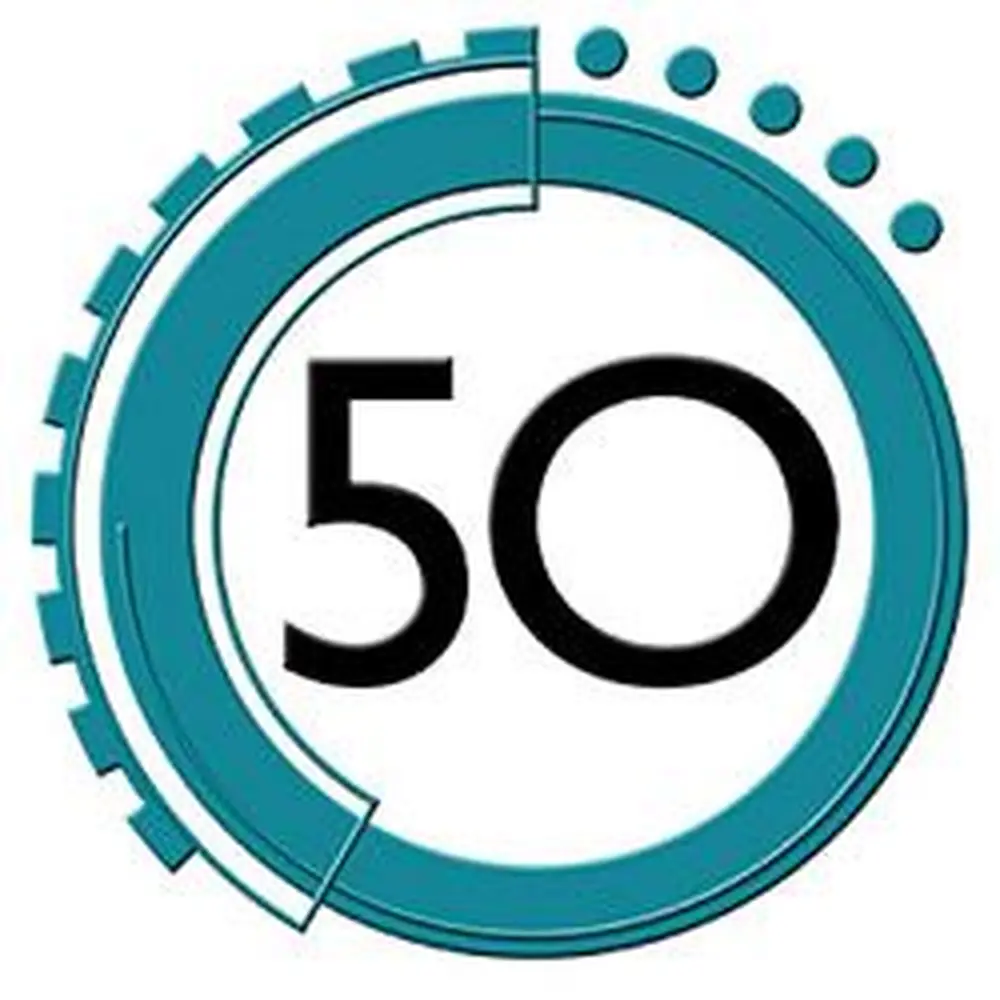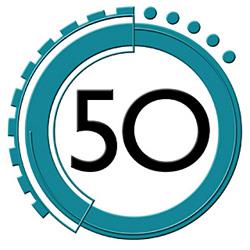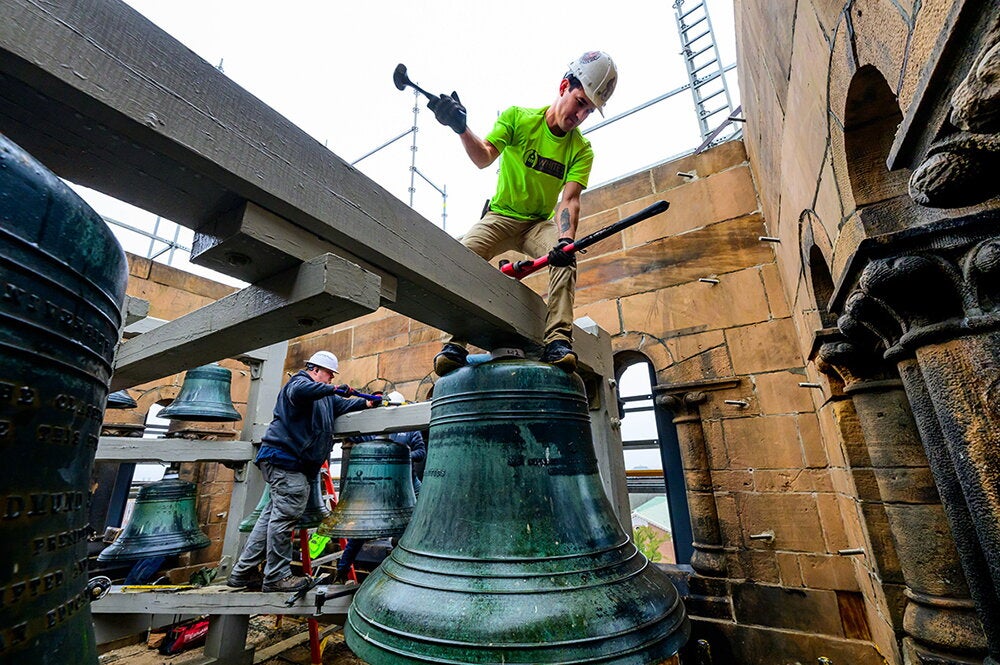

Scientific American magazine recently named two LAS professors among its SciAM 50, which recognizes outstanding technological leadership by 50 individuals, teams, or companies in research, business, or policymaking each year.
Jeffrey Moore, the the Murchison-Mallory Professor of Chemistry, and Robert Ghrist, professor of mathematics, were among those honored by the prestigious science magazine in its January 2008 issue. Moore was part of a University of Illinois team honored for its development of self-healing material, while Ghrist was recognized for using mathematical tools to solve key problems with networks of randomly distributed sensors.
Moore, along with Scott White in aerospace engineering and Jennifer Lewis and Nancy Sottos in materials science, devised the next-generation of self-healing material that can heal itself many times over. In the same manner that a cut in the skin triggers blood flow to promote healing, a crack in these new materials will trigger the flow of healing agent to repair the damage.
The U of I team devised a microvascular network that acts much like the body's circulatory system. If a crack occurs in the coating of the material, the crack will propagate through the coating until it encounters one of many fluid-filled "capillaries." Healing agent moves from the capillary into the crack, where it interacts with catalyst particles and repairs the material.
Moore, White, Sottos, and aeronautical engineering professor Philippe Geubelle were the co-inventors of self-healing material.
Ghrist, meanwhile, who was named a Romano Professorial Scholar in 2008, is a leading expert in using tools from topology and geometry to study abstract spaces and solve real-world problems. For instance, let's say you have a security network of sensors that is monitoring movement in a specific space—a field, for example. It is critical that there be no gaps, or holes, in the sensor network where a person in the field can go undetected, Ghrist says.
To pinpoint these gaps, mathematicians can use topology tools such as homology theory to study the shape of the sensor cover and determine whether there are any holes in the network.
Ghrist is also the principal investigator of SToMP, or Sensor Topology and Minimal Planning. This group brings together experts from several research institutions to develop tools for a multitude of purposes, such as creating shape-shifting robots, developing sensor networks, or coordinating teams of robots working on a factory floor.
SciAM 50 honorees are celebrated for their contributions to a wide variety of areas, such as biotechnology, microelectronics, energy, and genetics. Winners over the past several years have included Larry Page and Sergey Brin, founders of Google; research philanthropist Fred Kavli; renowned stem cell researcher Douglas A. Melton; and Nobel prize-winning neurobiologist Roderick MacKinnon.


